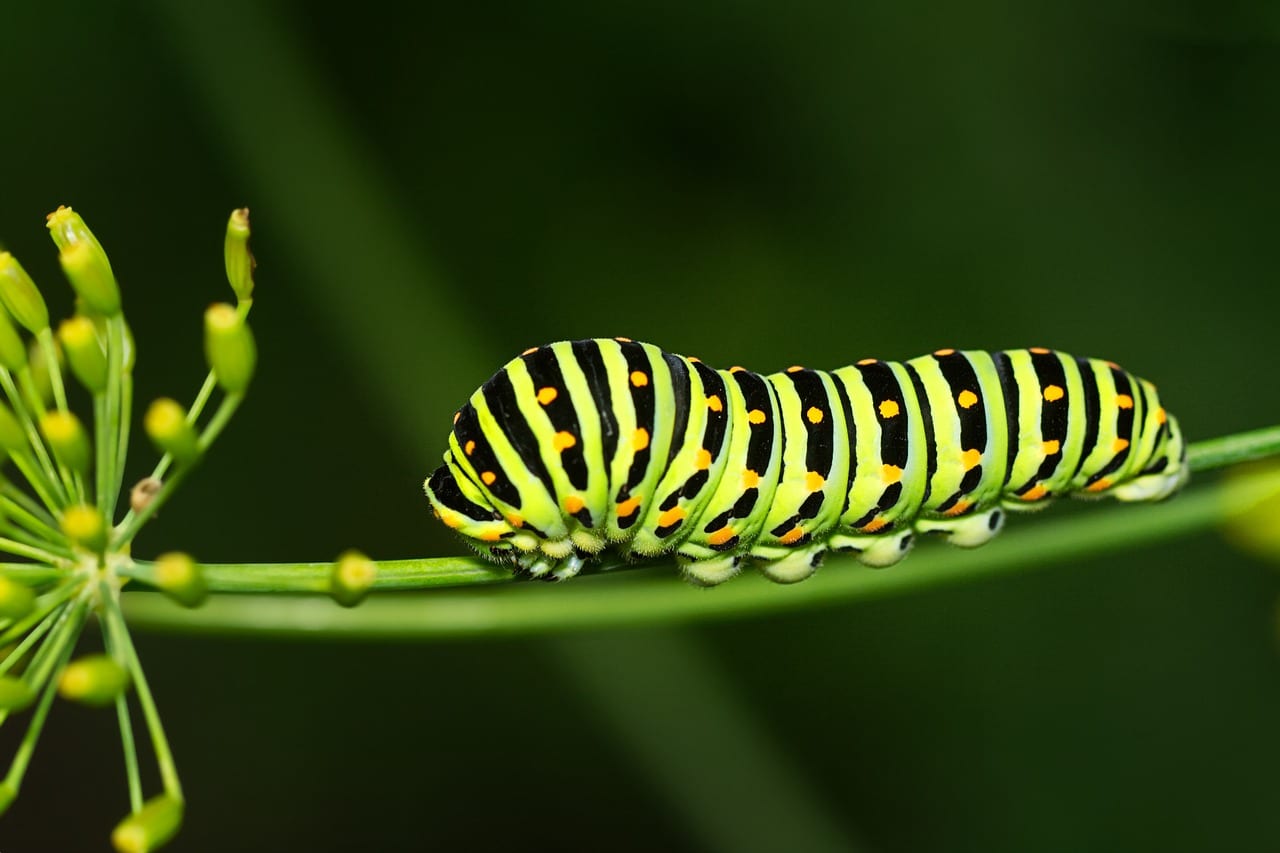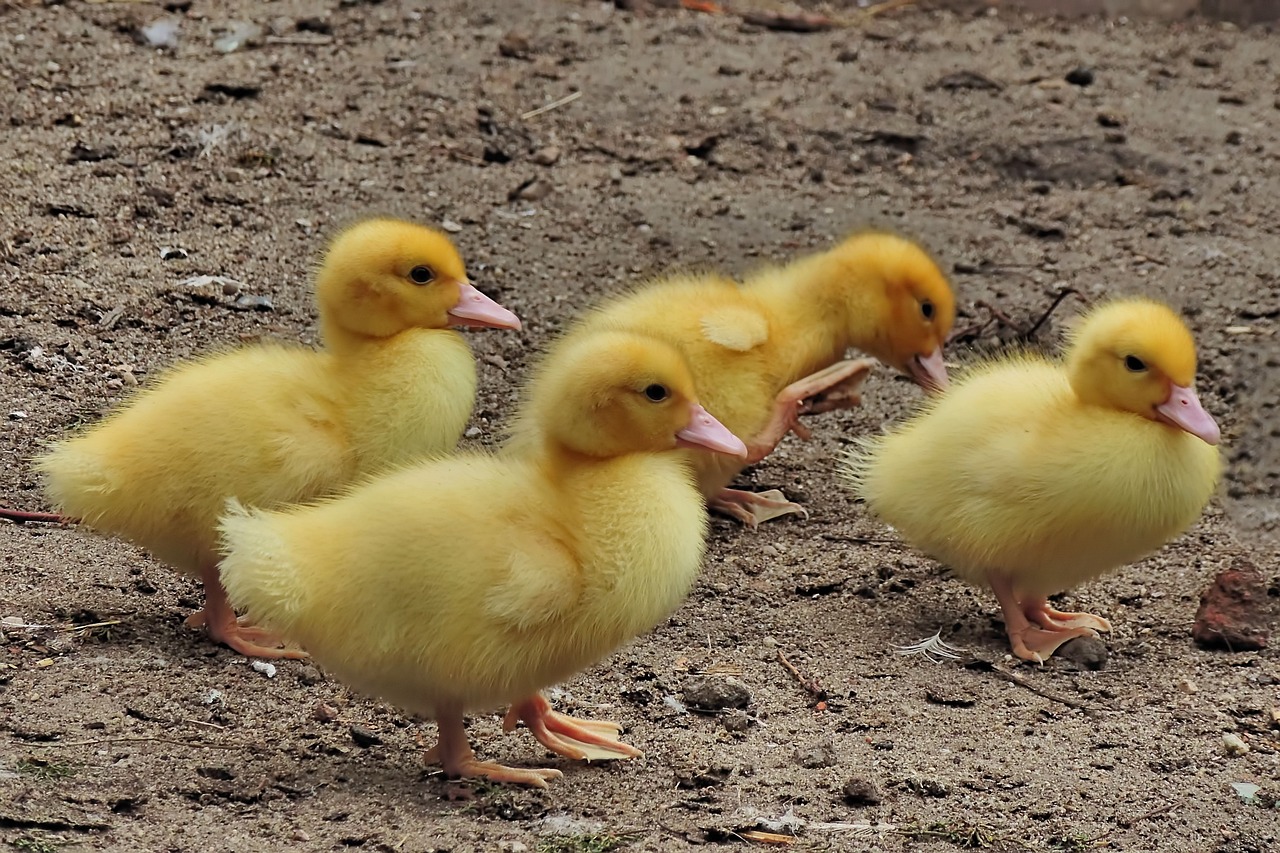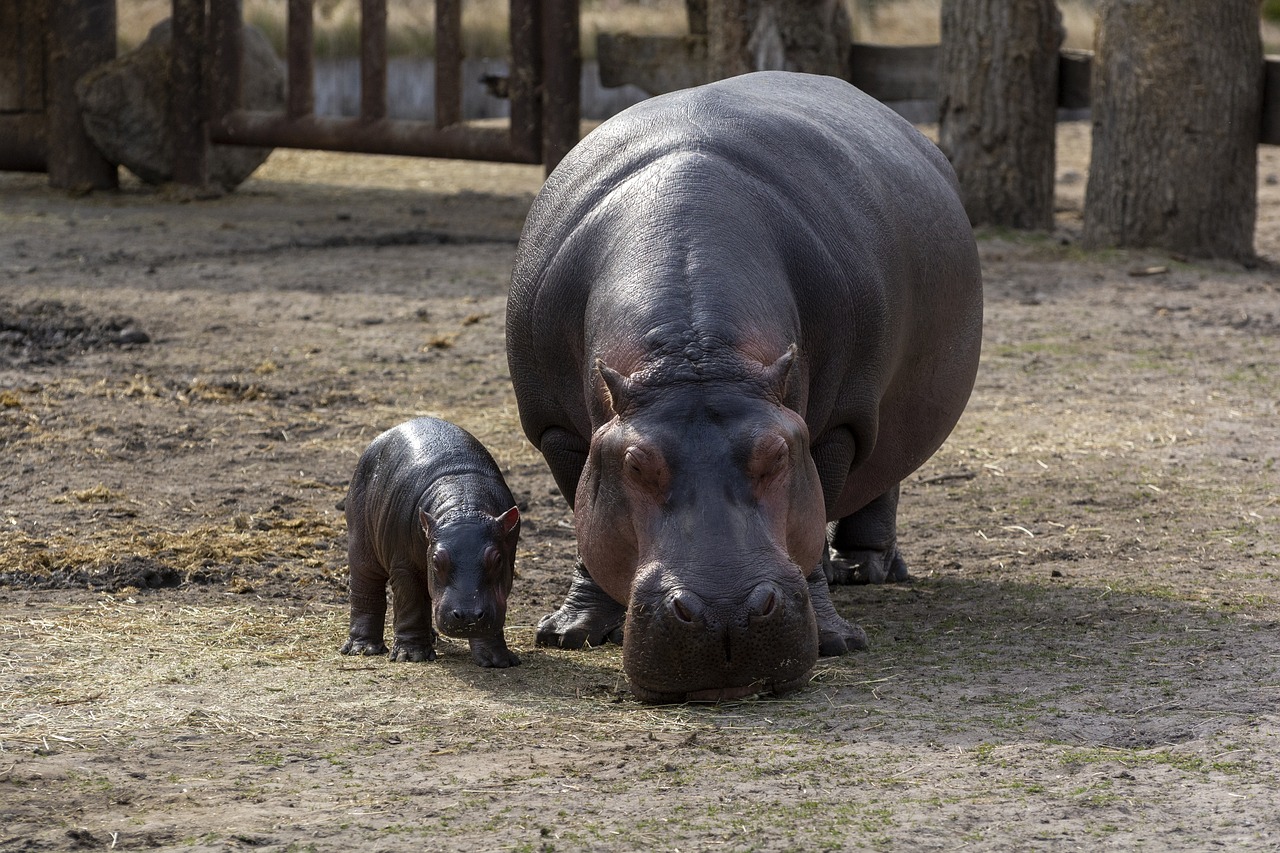 Shutterstock
Shutterstock
The animal kingdom is full of surprises, especially when it comes to the transformation that many creatures undergo as they mature. Some animals look so different as babies that it’s hard to imagine they will eventually turn into the majestic, or sometimes terrifying, adults we recognize. From fluffy, cute creatures to alien-like hatchlings, these animals go through striking transformations that might leave you wondering how they ever resembled their adult forms. Let’s explore some of the most shockingly different animal babies that prove how nature loves a good makeover!
Caterpillar to Butterfly
 Shutterstock
Shutterstock
Few transformations in the animal world are as dramatic as the metamorphosis of a caterpillar into a butterfly. The caterpillar begins life looking like a tiny, often unremarkable worm, munching on leaves without a care in the world. Once it enters the pupal stage, the caterpillar undergoes a complete transformation inside its chrysalis, emerging as a colorful and delicate butterfly. This transformation is a perfect example of nature’s artistry, where the once humble, crawling creature becomes a graceful flyer with beautiful wings. The change is so dramatic that it’s hard to believe they share the same genetic material.
Tadpole to Frog
 Shutterstock
Shutterstock
Many people are familiar with the image of a frog, hopping around on land and croaking in ponds. However, these creatures start life as tadpoles, a far cry from the adult frogs we know. Tadpoles are aquatic and look more like small fish than amphibians, with gills, tails, and no legs. Over time, they undergo a process called metamorphosis, where they develop legs, lose their tails, and grow lungs, making them fit for life both in water and on land. This change is one of nature’s most fascinating transitions, turning a small fish-like creature into a leaping amphibian.
Elephant Calf to Adult
 Shutterstock
Shutterstock
Baby elephants are some of the most adorable animals, with their oversized ears, big eyes, and wrinkly skin. They look remarkably different from their adult counterparts, mainly because they are so much smaller. When born, a baby elephant stands at around 3 feet tall and can weigh up to 250 pounds. As they grow, their proportions change dramatically. Their ears, for instance, grow much larger, and they become the massive, majestic creatures we associate with the savannah or jungles. Despite their enormous size as adults, these gentle giants begin life as incredibly vulnerable and small.
Duckling to Full-Grown Duck
 Shutterstock
Shutterstock
Ducklings are the epitome of cuteness, with their fluffy yellow feathers and tiny webbed feet. These little creatures look incredibly different from their adult counterparts, which have sleek, waterproof feathers and often sport a much darker coloration. As ducklings grow, their feathers begin to change, and they develop the signature quack and waddle of a full-grown duck. Their cute appearance and small size don’t hint at the full-grown, waddling adults they will become. The stark difference between a duckling and an adult duck is one of nature’s most charming transformations.
Polar Bear Cub to Adult
 Shutterstock
Shutterstock
Polar bear cubs are some of the most adorable baby animals, with their round faces, big black noses, and fuzzy white fur. However, they look very different from their adult counterparts, who grow into massive predators with large paws and a muscular build. Polar bear cubs are born small and blind, relying heavily on their mothers for warmth and nutrition. As they grow, they will develop thick fur, powerful muscles, and the ability to survive in the harsh Arctic conditions that characterize the adult polar bear.
Koala Joey to Adult Koala
 Shutterstock
Shutterstock
Koalas, native to Australia, are known for their sleepy, cuddly appearance, and their love of eucalyptus leaves. However, baby koalas, called joeys, start their lives in a dramatically different way. When they are born, joeys are tiny, blind, and almost hairless, resembling more of a jellybean than the iconic adult koala we picture. They spend several months in their mother’s pouch before emerging and continuing to grow, eventually becoming the furry, sleepy creatures that seem to hang out in trees for most of their lives.
Chameleon Hatchling to Adult Chameleon
 Shutterstock
Shutterstock
Chameleons, known for their ability to change colors and blend seamlessly into their environments, start life looking quite different from their adult selves. Chameleon hatchlings are small and lack the striking coloration that adults are famous for. As they grow, their color-changing abilities develop, and their bodies become more vibrant and intricate. The change is both subtle and dramatic, as the once unassuming hatchling matures into a full-grown chameleon with the remarkable ability to adjust its color to match its surroundings or communicate with other chameleons.
Lion Cub to Adult Lion
 Lion Cub
Lion Cub
Lion cubs are irresistibly cute, with their large, round eyes, little noses, and fluffy coats. They look nothing like their adult counterparts, who are known for their impressive manes (in males) and muscular frames. Lion cubs rely on their mothers and their pride for survival during the early stages of their lives. Over time, they will grow into powerful, regal animals that dominate the savannah, with a full mane for the males and a graceful build for the females. The stark contrast between the cub and the adult highlights the dramatic changes that take place in the animal kingdom as young creatures mature into adulthood.
Turtle Hatchling to Adult Turtle
 Shutterstock
Shutterstock
Baby turtles, often referred to as hatchlings, look nothing like their adult counterparts when they emerge from their eggs. Hatchlings are tiny and incredibly vulnerable, scrambling to reach the safety of the ocean as quickly as possible. Their soft, flexible shells protect them as they grow into the hard, armored adults we think of when we imagine turtles. This drastic change in size and appearance highlights the tough journey these creatures face, as they navigate the dangers of their environment to become the resilient, long-lived adults they are known for.
Tiger Cub to Adult Tiger
 Shutterstock
Shutterstock
Tiger cubs are undeniably adorable, with their soft fur, playful antics, and oversized paws. These tiny felines are a stark contrast to the formidable predators they will grow into. As they grow, their size increases dramatically, and their once playful and curious nature morphs into the stealthy, powerful traits needed to survive in the wild. Their distinctive orange and black striped coats become more pronounced, and they develop the strength and instincts of apex predators, ruling the forests with their grace and power.
Whale Calf to Adult Whale
 Shutterstock
Shutterstock
Whale calves are born much smaller than their adult counterparts, but they grow at an astounding rate. At birth, these calves may already weigh thousands of pounds and stretch several feet in length, but they look quite different from their full-grown parents. As they mature, they take on the massive size and elegant grace that whales are known for, whether it’s a humpback, blue whale, or sperm whale. Despite their early size, their transformation into fully grown whales is a testament to the ocean’s most awe-inspiring creatures’ incredible growth and power.
Hippopotamus Calf to Adult Hippopotamus
 Shutterstock
Shutterstock
Hippo calves are incredibly cute, with their small, pudgy bodies, big eyes, and playful behavior. At birth, they weigh only around 50-100 pounds, and though their size is small compared to adults, their large, rounded faces and clumsy movements make them irresistibly adorable. As they grow, they quickly gain size and strength, transforming into the massive, heavy creatures we associate with rivers and swamps. Despite their baby faces, adult hippos are strong, territorial, and known for their surprising speed in the water.
Kangaroo Joey to Adult Kangaroo
 Shutterstock
Shutterstock
Baby kangaroos, or joeys, begin their lives in a manner unlike most animals. Born extremely underdeveloped, they crawl into their mother’s pouch, where they continue to grow and develop. Initially, joeys are tiny, hairless, and helpless. Over time, they grow fur, develop powerful hind legs, and eventually leave the pouch to become the leaping, strong adult kangaroos we know. Their transformation from vulnerable, pouch-bound infants to agile, hopping adults is a remarkable example of nature’s strategy for survival in the Australian outback.
The Baby Animal Glow-Up You Won’t Believe
 Shutterstock
Shutterstock
The transformations these animals undergo are a testament to the magic of nature. From tiny, defenseless babies to fully grown creatures ready to take on the world, the contrast between the baby and adult versions of these animals is nothing short of astonishing. While some of these animals’ early stages may look almost unrecognizable compared to their adult forms, their growth is essential for survival in the wild. These transformations remind us of the incredible resilience and adaptability of the natural world.
 Toledo, United States.
Toledo, United States.
